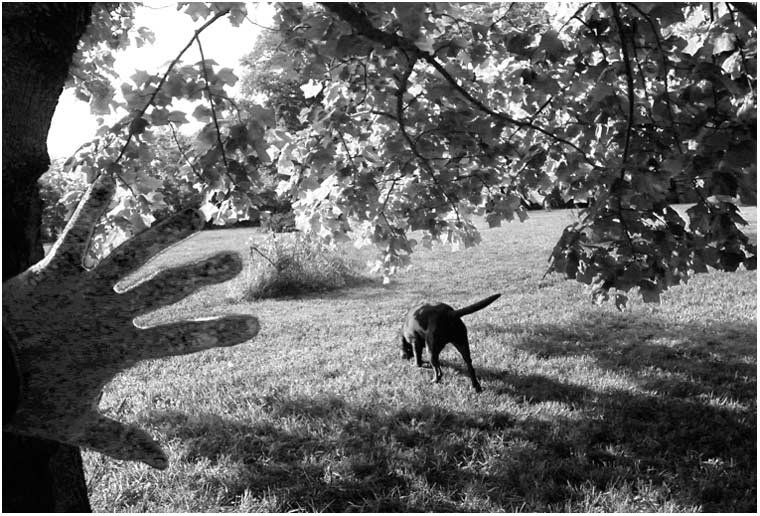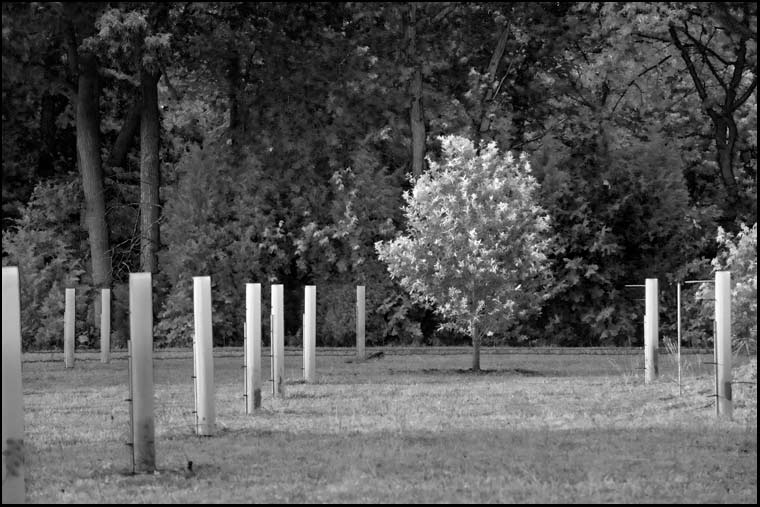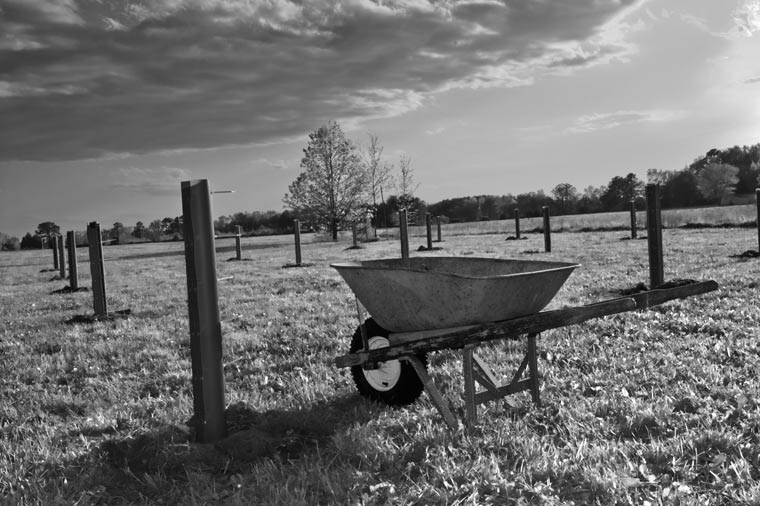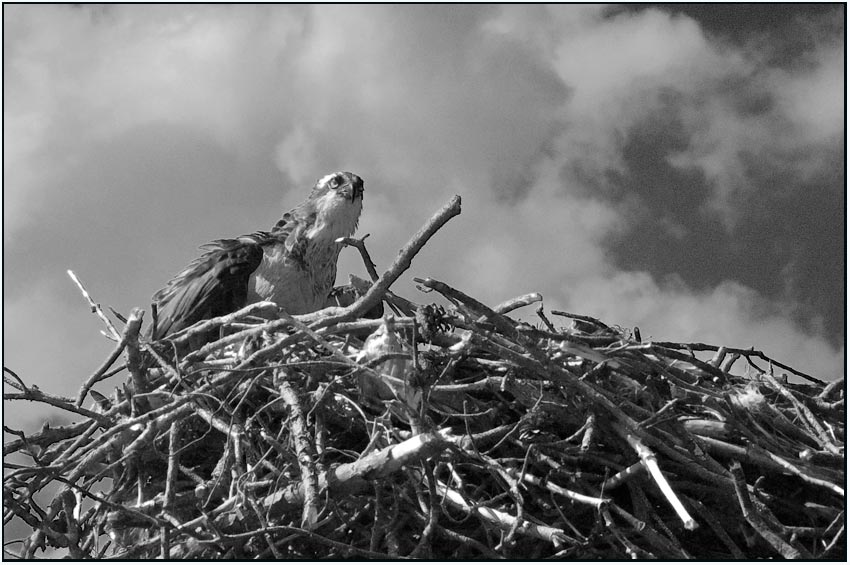
The Osprey is unusual in that it is a single species that occurs nearly worldwide.–Wikipedia
(this is the way I keep house)
Category: slabtown
lightning bugs
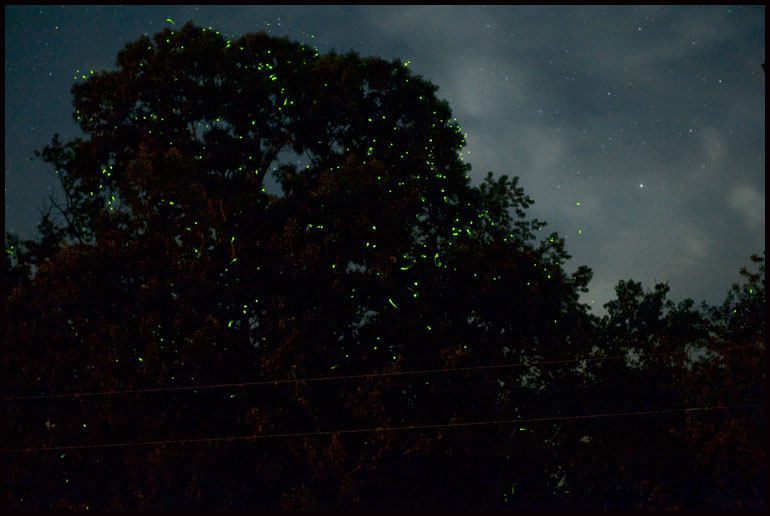
They don't hang out in the tulip tree to the right.
This chemically-produced light from the lower abdomen may be yellow, green, or pale red — wavelengths from 510 to 670 nanometers. Most fireflies are quite distasteful and sometimes poisonous to vertebrate predators.--Wikipedia
Wikipedia
red moon
under the tulip tree
tree of heaven
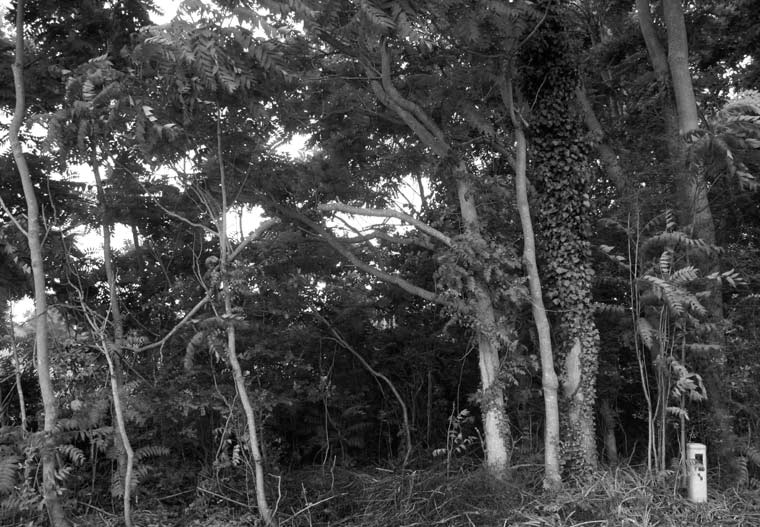
tree tubes
Corvus brachyrhynchos
Our Father’s Wheelbarrow
Quercus michauxii
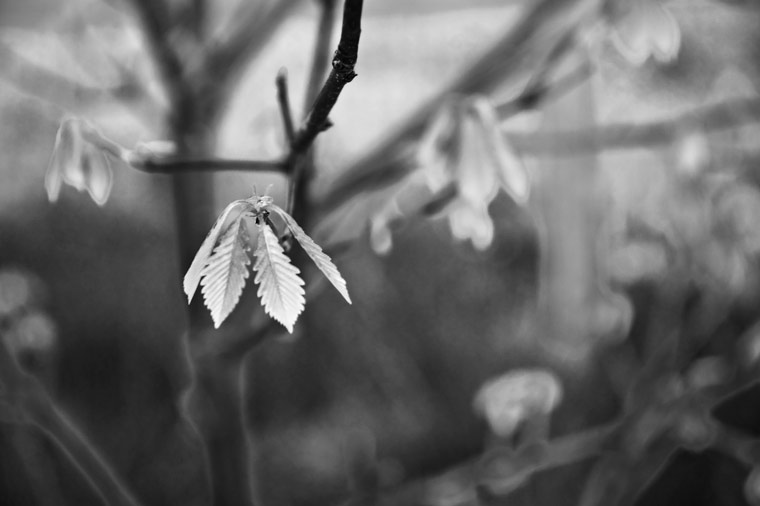
juvenile leaves, swamp chestnut oak
excellence, heart, injury
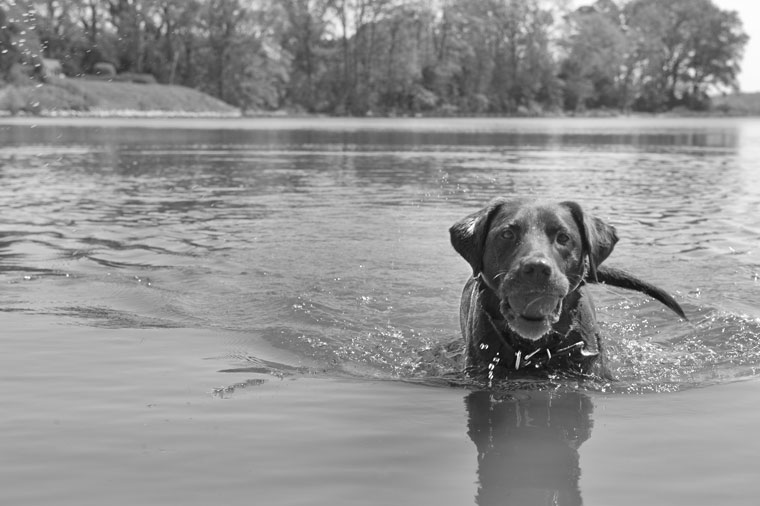
Sophie used to retrieve on land. She can’t do that anymore. She goes at it too hard. Adapted that to plain running. Me on a bike, Sophie running alongside. That is out now, she goes lame, the impact aggravates her arthritis. The only place she is free now is in the water.

